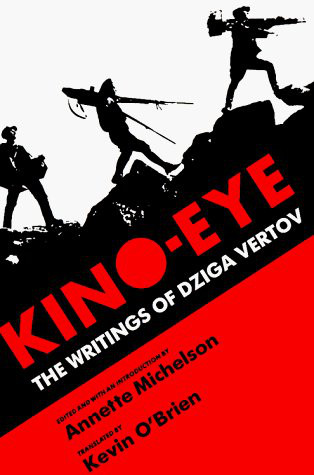Wilhelm S. Wurzer (ed.): Panorama: Philosophies of the Visible (2002)
Filed under book | Tags: · aesthetics, architecture, critique, phenomenology, philosophy, photography, psychoanalysis, screen

“The new electronic age has seen a radical transition from book to screen, a development which has obscured the fact that it is not what we see which matters but how we see what we see. We live in a time when the visible needs to be retheorised. Panorama presents a broad analysis of philosophies of the visible in art and culture, particularly in painting, film, photography, and literature. The work of key philosophers–Kant, Hegel, Nietzsche, Heidegger, Levinas, Barthes, Blanchot, Foucault, Bataille, Derrida, Lyotard and Deleuze–is examined in the context of visibility, expressivity, the representational and the postmodern.”
Contributors: Zsuzsa Baross, Robert Burch, Alessandro Carrera, Dana Hollander, Lynne Huffer, Volker Kaiser, Reginald Lilly, Robert S. Leventhal, Janet Lungstrum, Ladelle McWhorter, Ludwig Nagl, Anne Tomiche, James R. Watson, Lisa Zucker.
Publisher Continuum International Publishing Group, 2002
ISBN 0826460046, 9780826460042
254 pages
PDF, PDF (updated on 2017-11-7)
Comments (4)Terry Harpold: Ex-foliations: Reading Machines and the Upgrade Path (2008)
Filed under book | Tags: · fiction, hypertext, literature, reading, screen, technology, text, theory

“Every reading is, strictly speaking, unrepeatable; something in it, of it, will vary. Recollections of reading accumulate in relation to this iterable specificity; each takes its predecessors as its foundation, each inflects them with its backward-looking futurity.” In Ex-foliations, Terry Harpold investigates paradoxes of reading’s backward glances in the theory and literature of the digital field.
In original analyses of Vannevar Bush’s Memex and Ted Nelson’s Xanadu, and in innovative readings of early hypertext fictions by Michael Joyce and Shelley Jackson, Harpold asserts that we should return to these landmarks of new media scholarship with newly focused attention on questions of media obsolescence, changing user interface designs, and the mutability of reading.
In these reading machines, Harpold proposes, we may detect traits of an unreadable surface—the real limit of the machines’ operations and of the reader’s memories—on which text and image are projected in the late age of print.
Publisher U of Minnesota Press, 2008
ISBN 0816651027, 9780816651023
368 pages
PDF (updated on 2013-1-23)
Comment (0)Kino-Eye: The Writings of Dziga Vertov (1984)
Filed under book | Tags: · cinema, film, film theory, montage, screen, soviet union

Dziga Vertov was one of the greatest innovators of Soviet cinema. The radical complexity of his work—in both sound and silent forms—has given it a central place within contemporary theoretical inquiry. Vertov’s writings, collected here, range from calculated manifestos setting forth his heroic vision of film’s potential to dark ruminations on the inactivity forced upon him by the bureaucratization of the Soviet state.
Edited and with an introduction by Annette Michelson
Translated by Kevin O’Brien
Publisher University of California Press, 1984
ISBN 0520056302, 9780520056305
408 pages
PDF (no OCR; updated on 2014-1-4)
Comment (1)
